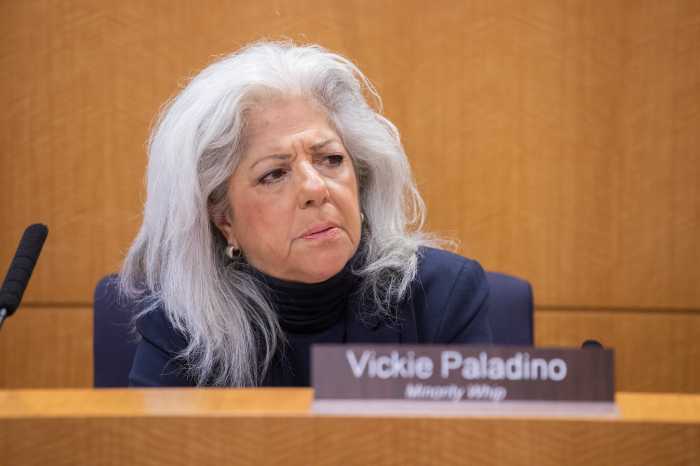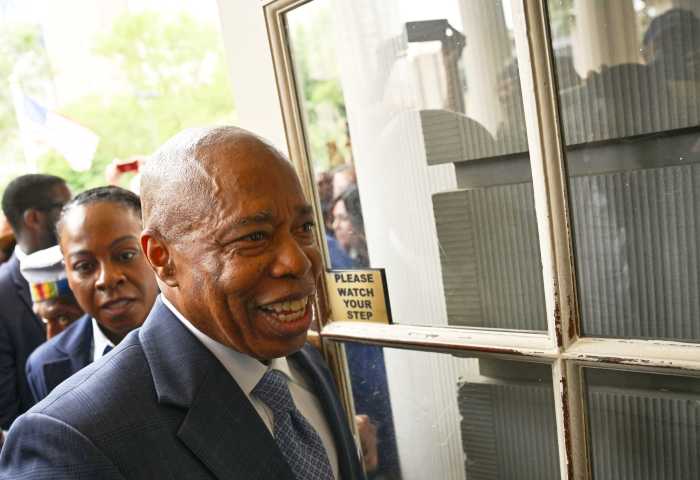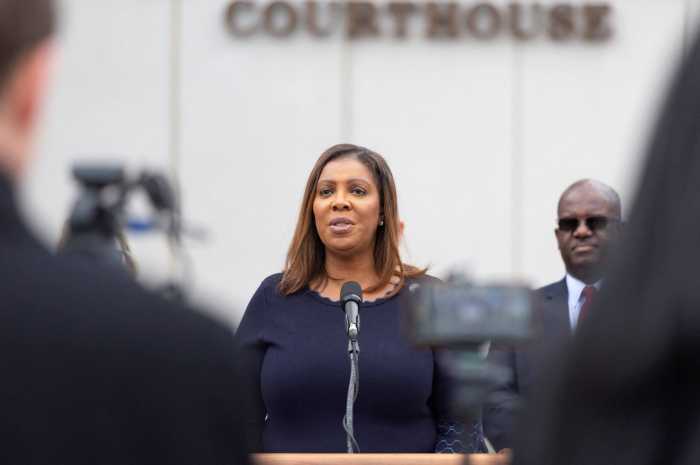President Donald Trump made a third attempt at a travel ban on Sept. 24, 2017, issuing new restrictions on citizens from Chad, North Korea and Venezuela, in addition to five countries included in his previous bans.
The presidential proclamation was based on a Homeland Security review of the vetting of immigrants and issuing of visas, the president said. Countries that did not meet new requirements, such as making information about suspected terrorists available, were included in the ban.
The new restrictions came the day that part of Trump’s previous ban, barring people from six Muslim-majority countries from entering the United States for 90 days, expired. The March executive order had replaced another ban from January, both of which sparked outrage and were quickly blocked by federal courts as unconstitutional.
A 120-day ban on refugees entering the country, which was also in the March order, will remain in effect until Oct. 24.
The Supreme Court was set to hear oral arguments over the ban’s legality on Oct. 10, but with the latest proclamation, the court canceled the hearing and asked the parties involved to file new briefs.
Here’s what you should know about Trump’s proclamation:
What countries are included in the ban?
Citizens of seven countries — Chad, Iran, Libya, North Korea, Syria, Yemen and Somalia — will be banned from entering the United States.
Additionally, Venezuelan government officials and their families will be barred from entering. Other Venezuelan citizens and citizens of Iraq, who were included in the original January executive order, will face heightened scrutiny, but are not banned, the proclamation says.
Citizens of Sudan, who were included in the January order and the revised March order, are not included in the proclamation.
When does the ban take effect?
The ban takes full effect on Oct. 18. The timing is indefinite, unlike the previous executive orders, which had time limits.
What are the exceptions?
The ban does not apply to the following people:
— lawful permanent residents of the United States, including green card holders
— dual nationals of one of the countries included (if they are using the passport issued by the country not included in the executive order)
— individuals who have a diplomatic visa, North Atlantic Treaty Organization visa, C-2 visa for travel to the United Nations, or a G-1, G-2, G-3 or G-4 visa
— individuals who have been granted asylum
— refugees who were already admitted to the United States before the proclamation
Waivers may be granted to individuals who would suffer “undue hardship” if they could not enter and if their entry would be in the United State’s interest.
The proclamation also says waivers may be granted on a case-by-case basis for the following people:
— individuals who have previously been admitted to the United States for work, study or “other long-term activity”
— individuals who have “significant contacts with the United States” but are outside the country after the ban becomes effective
— individuals who need to enter the United States for business or “professional obligations”
— individuals who seek to visit or move in with a spouse, child or parent who is a U.S. citizen or lawful permanent resident
— infants, young children or adoptees
— individuals needing urgent medical care
— individuals who have been employed by, or on behalf of, the U.S. government
— infants, young children or individuals who need urgent medical care
— individuals traveling for international organizations under the International Organizations Immunities Act
— individuals who landed as Canadian immigrants and applied for a visa within Canada
— individuals traveling as a “United States Government-sponsored exchange visitor”
— individuals who are traveling at the request of a United States government department
With Reuters



































